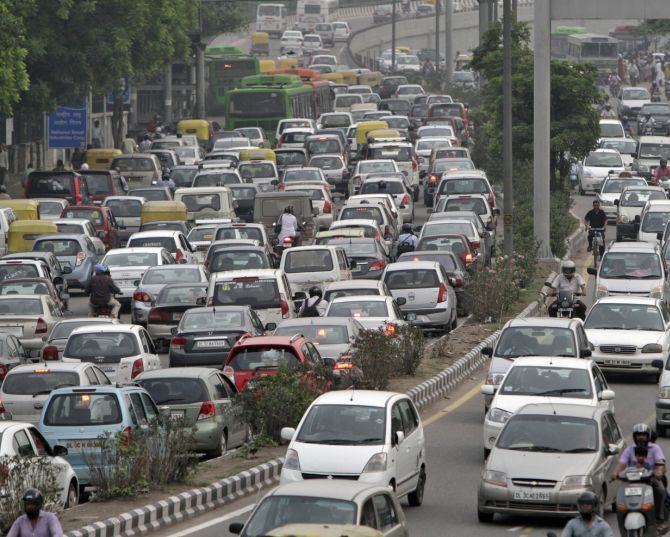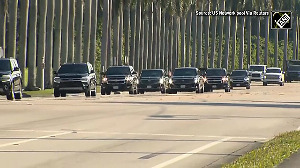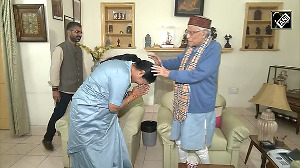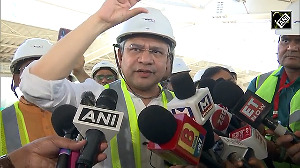 Peak pollution controlled despite fog and adverse weather
Peak pollution controlled despite fog and adverse weather
- Load of particulates and nitrous oxides from cars reduced by about 40%
- Areas with higher car density recorded more improvement in air quality
- Decongestion of roads, leading to better utilisation of vehicles and reduced travel time
OTHER POSSIBLE TEMPORARY MEASURES
- Extending odd-even rule to two-wheelers
- Shutting power plants and industries
- Declaring school holidays
LASTING MEASURES THAT DELHI NEEDS
- Congestion charges on the basis of time and location of travel
- Tax benefits for CNG and electric vehicles
- Phase out old vehicles
- Timely completion of phase-III of Delhi Metro
- Remove entry taxes for cabs, autos and buses within NCR cities
- Rationalise taxes on buses
- Substantially hike car parking charges
- Expand bus fleet to 11,000 from around 6,000 at present
- Build dedicated lanes for cyclists and pedestrians
- Implement Bharat-VI emission norm by 2020
- Islanding of Delhi by diverting trucks and commercial vehicles
JOBS UNDER THREAT
- Personal drivers: Taking a car out on alternate days could mean fewer people hiring personal drivers
- Parking attendants: Fewer cars and dwindling parking revenue could mean a cut on parking attendants
HOW POLLUTION CHANGED CITIES: A LESSON FROM HISTORY
- 13th century: Attempts to ban sea coal burning in London failed
- 17th century: Smoke from coal burning corrodes London buildings
- Late 19th century: Community campaigns against smoke start across UK and the US
- Early 20th century: Winter smog kills many in industrial cities of Manchester, Chicago, Pittsburgh and others in the UK and the US, leading to public outcry
- 1920: Air pollution ordinances in 175 US cities
- 1940: Los Angeles with a million cars suffers massive smog and health impacts
- 1948: Hundreds take ill and thousand impacted by smog in Donora, Pennsylvania
- 1952: December smog kills more than 4,000 people in London
- 1956: UK Clean Air Act passed
- 1970: First comprehensive Clean Air Act in the US passed
Sources: Environmental history of Air Pollution and Protection, Stephen Mosley, UNESCO-EOLSS paper
2. A brief history of air pollution, Erica Rowell and Julie Rossman
https://www.worldsciencefestival.com/wp-content/uploads/2015/10/SMOG-infographic.jpg
"Air Pollution Goes Back Way Further Than You Think" Jim Morrison, Smithsonianmag.com












 © 2025
© 2025